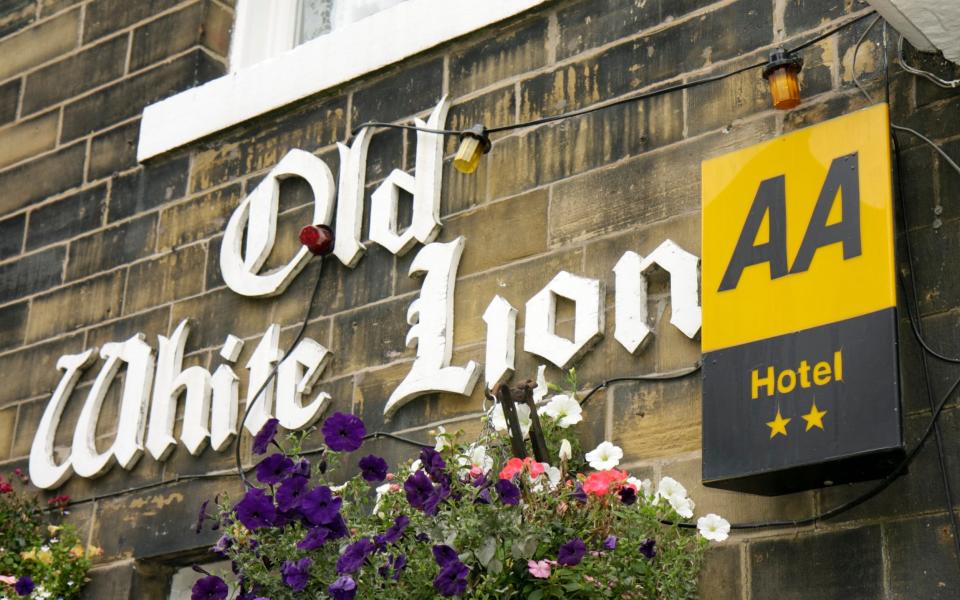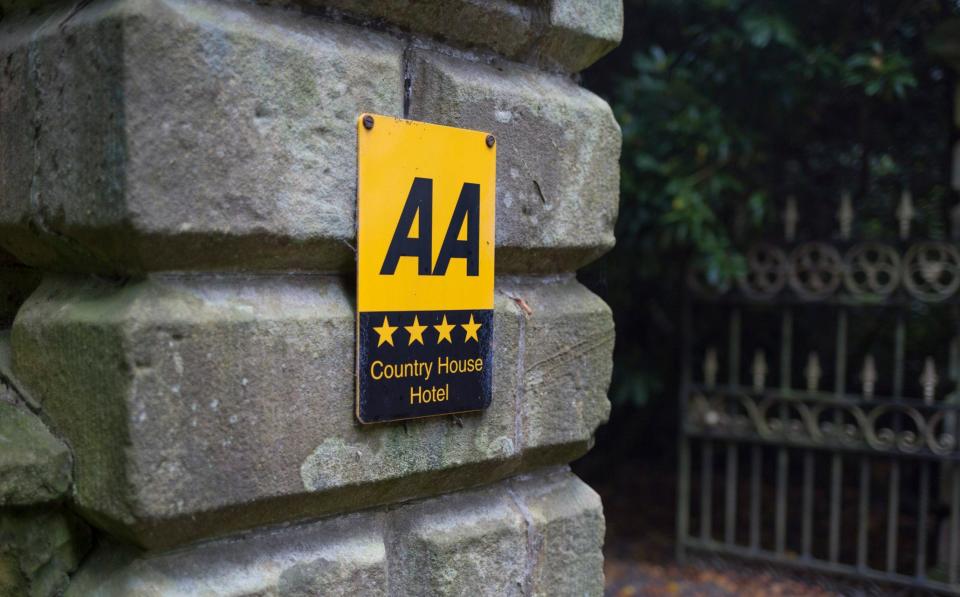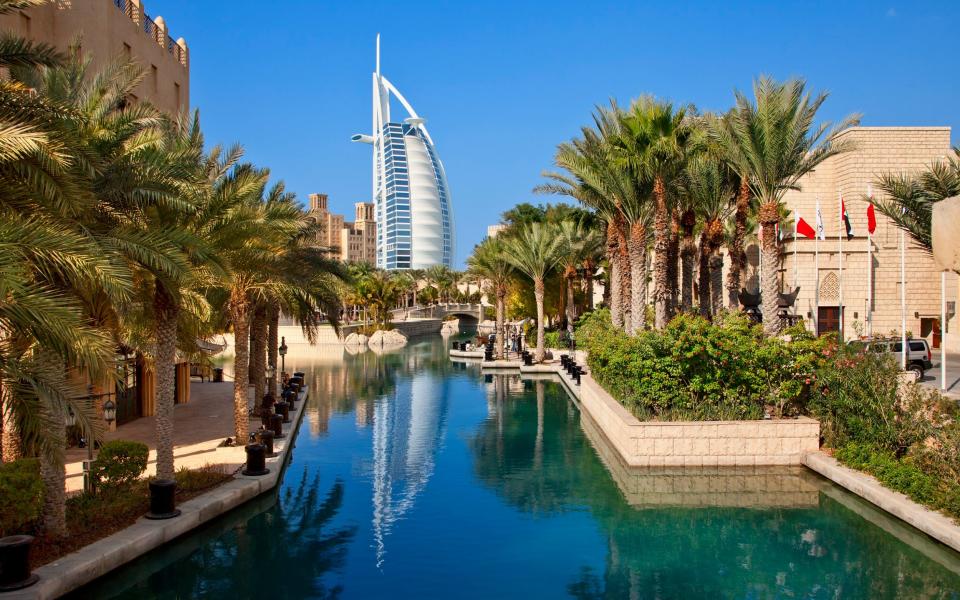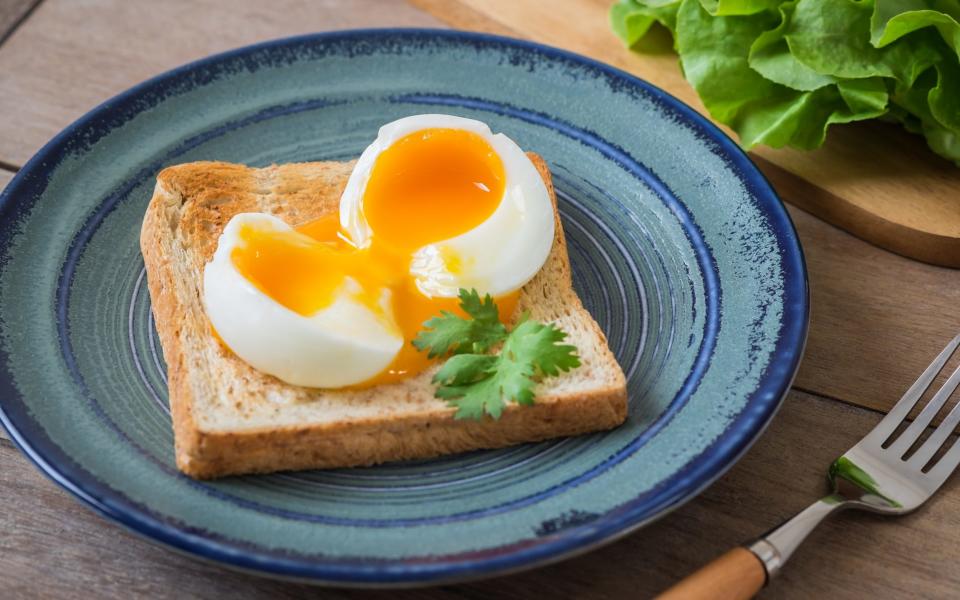What makes a five-star hotel? Everything you need to know about the ratings system

The concept of a five-star hotel evokes thoughts of unfettered luxury, frills and a general sense you are getting the very best. It’s a badge of honour many properties still wear with pride.
But in reality, hotels aren’t so easy to categorise. Many of us have booked a supposedly top-scoring hotel only to find it tired or uninspired, while plenty of two-star guest houses can surprise with breakfasts full of local produce and butler-style service.
So how do hotel rankings actually work, and should we still be making booking choices according to how many stars a property boasts? Here we delve into the secrets behind the star ratings and examine whether the system should be overhauled – or indeed abandoned altogether.
How do hotel rankings work in the UK?

In the UK, the most commonly used ratings come from the AA and Visit Britain, who award the same stars to the same properties. To receive a ranking, hotels must have an annual overnight inspection plus pay a fee of between £624 (for a one-star hotel) and £2,123 (for a five-star property).
But what makes a five-star hotel? The AA has published a detailed, 40-page breakdown of its judging criteria which it says is reviewed regularly to “reflect industry changes and customer expectations.”
The company’s general overview of its rating system seems simple enough. To attain one star, hotels need to provide en-suite facilities and breakfast, while five-star hotels must offer “luxurious accommodation” and a “range of extra facilities”. However, dig a little deeper and the details get a little stricter.
Five-star hotels, for example, must have a fully fitted or freestanding wardrobe – open alcoves, however trendy, are not deemed acceptable. Guests must also be given a full “room and property orientation” at top-rated hotels and a shoe-cleaning service needs to be available. A “variety of seating styles” is expected in public areas, and there must be undercover access to any accommodation separate to the main building. This doesn’t have to mean a covered walkway – it could even come in the form of chauffeured transport or, the document concedes, an “escort with an umbrella”.
Meanwhile, three-star hotels should offer guests a choice of how their eggs should be cooked, a list that must include fried, poached, boiled and scrambled. So, a small but inspired breakfast menu with options like banana-topped French toast or spicy sweetcorn fritters could, in theory, score lower than a boiled egg and toast.

It’s worth noting that the criteria has been loosened in recent years, perhaps due to eco-concerns. Gone are the requirements for four stars to provide slippers, for example. Previously, 80 per cent of rooms at five-star hotels were required to have a bath, but this has recently been updated – so long as the “size and quality” of the shower is excellent. Reflecting changing definitions of luxury, the requirement for restaurants to be open for every meal seven days a week has also been dropped and focus has been shifted to quality rather than just availability.
What about booking websites?
The waters have muddied in recent years, as booking platforms and tour operators have begun awarding their own stars to properties featured on their websites.
Oddly, properties on Booking.com can self-select their own ratings when they sign-up to the platform. Thomas Cook, meanwhile, awards hearts which it says are based on customer questionnaires and its experience team’s reviews. Still, it is surely in the interest of these platforms to assess hotels as accurately as possible to avoid complaints and not dent consumer confidence. The central issue remains – what is a five-star (or heart) property for some, may not be for others.
Are the hotel stars systems different abroad?

To confuse things further, other countries subscribe to a different ratings system. Elsewhere in Europe, 19 countries including Germany, Greece, Denmark and Switzerland have signed up to the Hotel Stars scheme. While largely similar to the UK system, notable differences include three-star hotels (and above) being required to provide sewing and shoe-polishing kits.
In big-hitting holiday destinations such as Italy, France and Spain, the rules diverge further. Italy doesn’t require en-suite bathrooms or breakfast for one-star hotels for example, while scores in France and Spain are mostly based around room size.
Meanwhile, the US eschews stars altogether in favour of diamonds, which have been awarded to more than half of the country’s hotels. Its judging guidelines are more vague, with top hotels simply being required to offer “ultimate luxury”.
You will have also heard of so-called “seven-star” hotels, but in reality these are self-styled or awarded by small organisations or commentators unrelated to national systems. When Dubai’s Burj Al Arab opened back in 1999, it was dubbed the world’s first seven-star hotel by a journalist attempting to describe its unparalleled luxury. The moniker simply stuck despite the hotel not advertising itself in this way.
How could the system be improved?

Given its rigidity, the stars system has seen its fair share of criticism. For Fiona Duncan, the Telegraph’s resident hotel expert, the metric is “too bureaucratic” and “doesn’t account for taste of style”.
“I was put off the ratings years ago when AA stars were very important to hotels (I think they are less so nowadays) and excellent establishments were downgraded because they did not conform with practicalities such as the number of plugs in a room. These were lovely places to stay and their overall comfort and character was not included.”
She concedes that people continue to talk about star ratings and that they do provide a rough guide to the level of hotel you are booking. Still, she “prefers to categorise hotels as super-luxury, luxury, mid-price and budget”.
When choosing where to stay herself, she considers the look and feel of the hotel’s website and the information provided on various facilities. She pairs this with independent expert reviews, and perhaps a “cursory look at TripAdvisor” but never Instagram influencers, due to their “potential bias”.
So, while putting too much stock on hotel star ratings may leave us disappointed or missing out on underrated gems, the limited metric can still form part of our overall decision-making process – particularly when paired with in-depth reviews and perhaps trusted recommendations from friends. Because when it comes to deciding what we are spending our hard-earned money on, the more information – even if imperfect – the better.

 Yahoo Movies
Yahoo Movies 
